Sustainable Architecture-2024
Also known as green architecture or eco-friendly architecture, is an approach to architectural design that seeks to minimize the negative environmental impact of buildings while enhancing their efficiency, functionality, and comfort for occupants. Sustainable architecture considers various factors, including energy efficiency, resource conservation, waste reduction, and the use of environmentally friendly materials.
Energy Efficiency
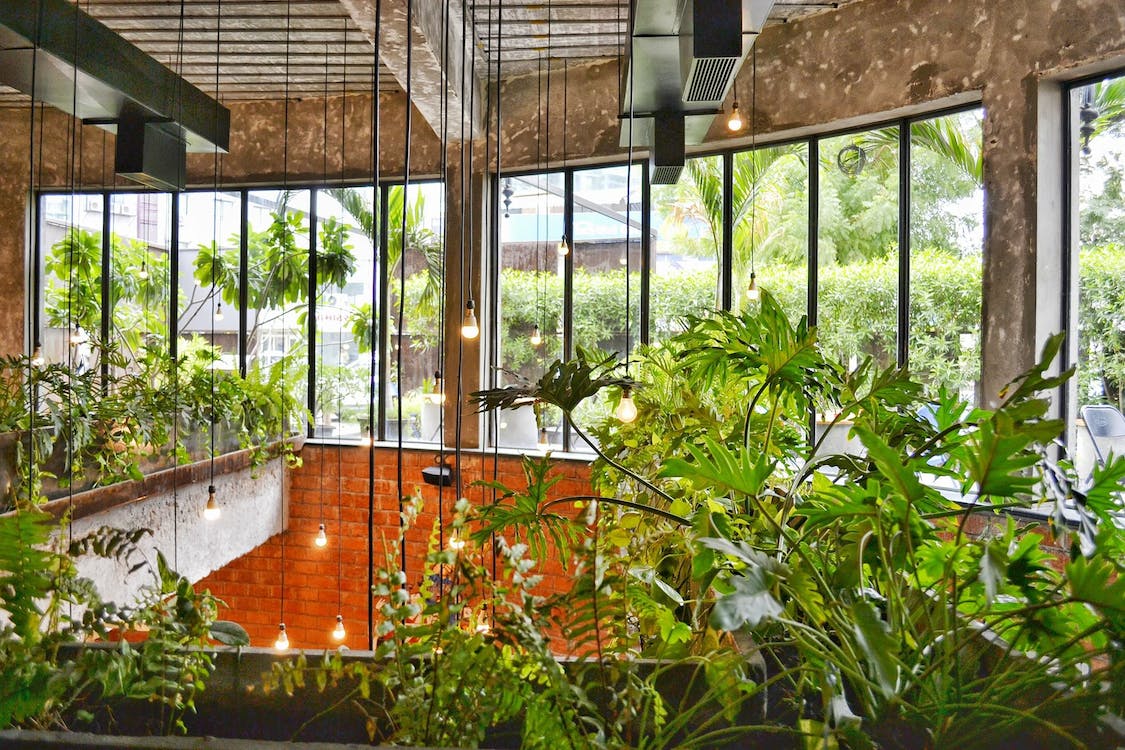
Sustainable buildings are designed to minimize energy consumption through various strategies such as efficient insulation, orientation to maximize natural light and ventilation, high-performance windows, and the use of energy-efficient appliances and lighting systems.
Renewable Energy
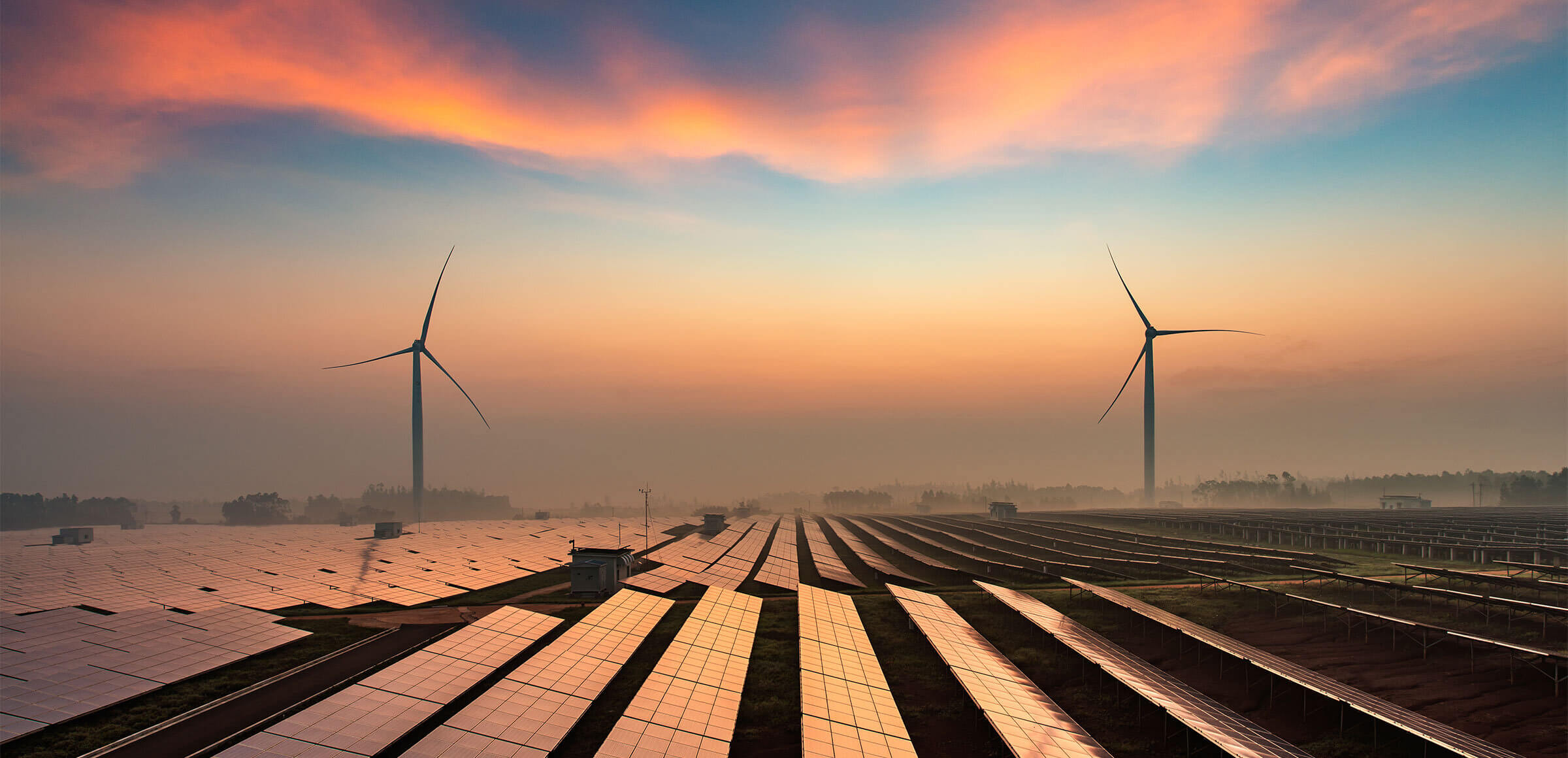
Integration of renewable energy sources such as solar panels, wind turbines, and geothermal systems to reduce reliance on non-renewable energy sources and decrease greenhouse gas emissions.
Water Efficiency
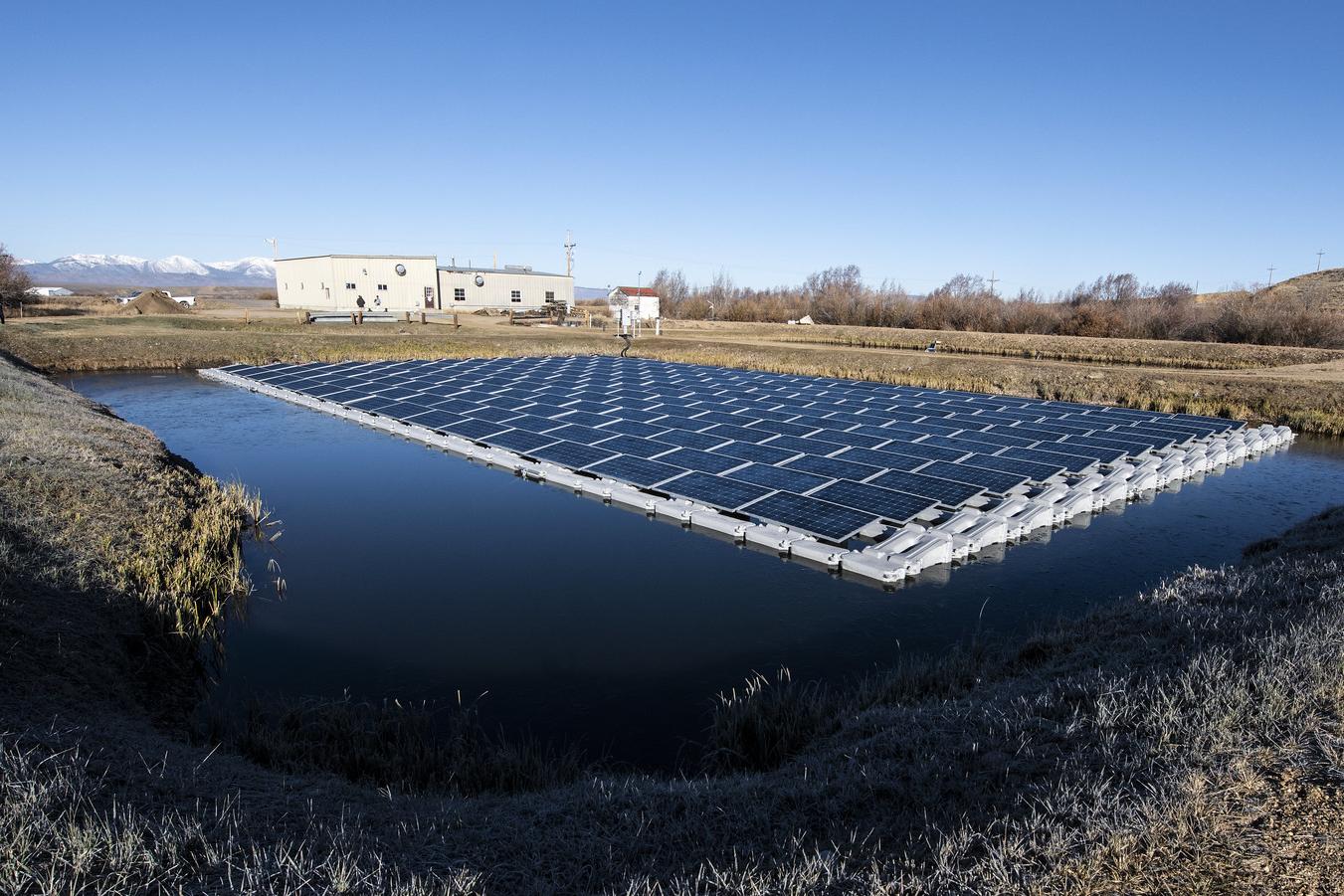
Sustainable buildings incorporate water-saving features such as low-flow fixtures, rainwater harvesting systems, greywater recycling, and efficient irrigation practices to reduce water consumption and minimize strain on local water resources.
Materials Selection
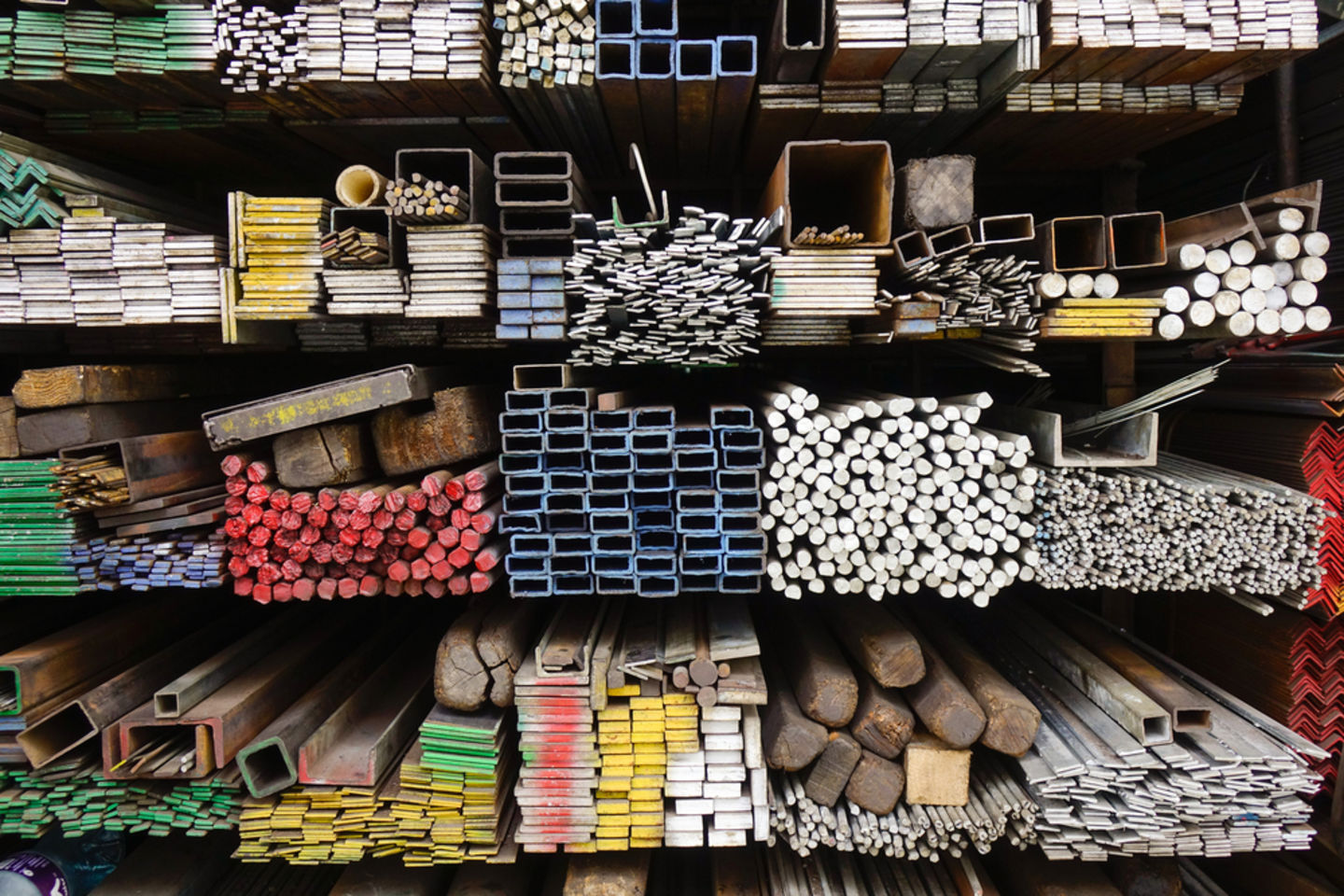
The use of environmentally friendly materials, such as recycled, reclaimed, or sustainably sourced materials, helps reduce the environmental impact associated with construction and minimize waste generation.
Site Planning and Land Use
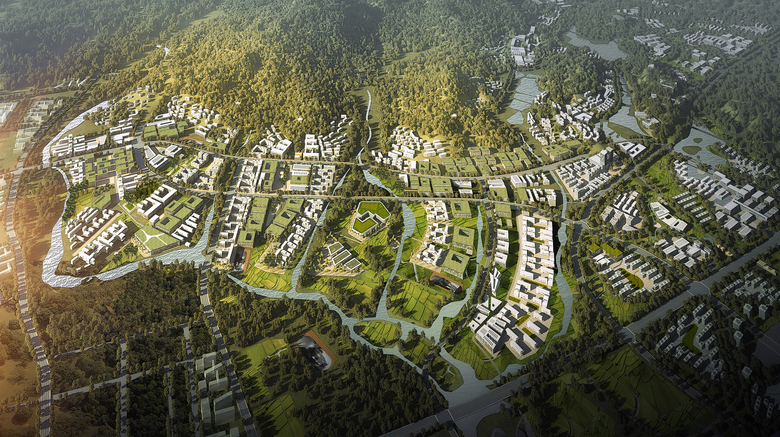
Sustainable architecture considers the site context and aims to minimize environmental disruption during construction, preserve natural habitats, and promote biodiversity. It also encourages mixed land use, walkability, and access to public transportation to reduce reliance on cars and promote sustainable urban development.
Waste Reduction and Recycling Sustainable
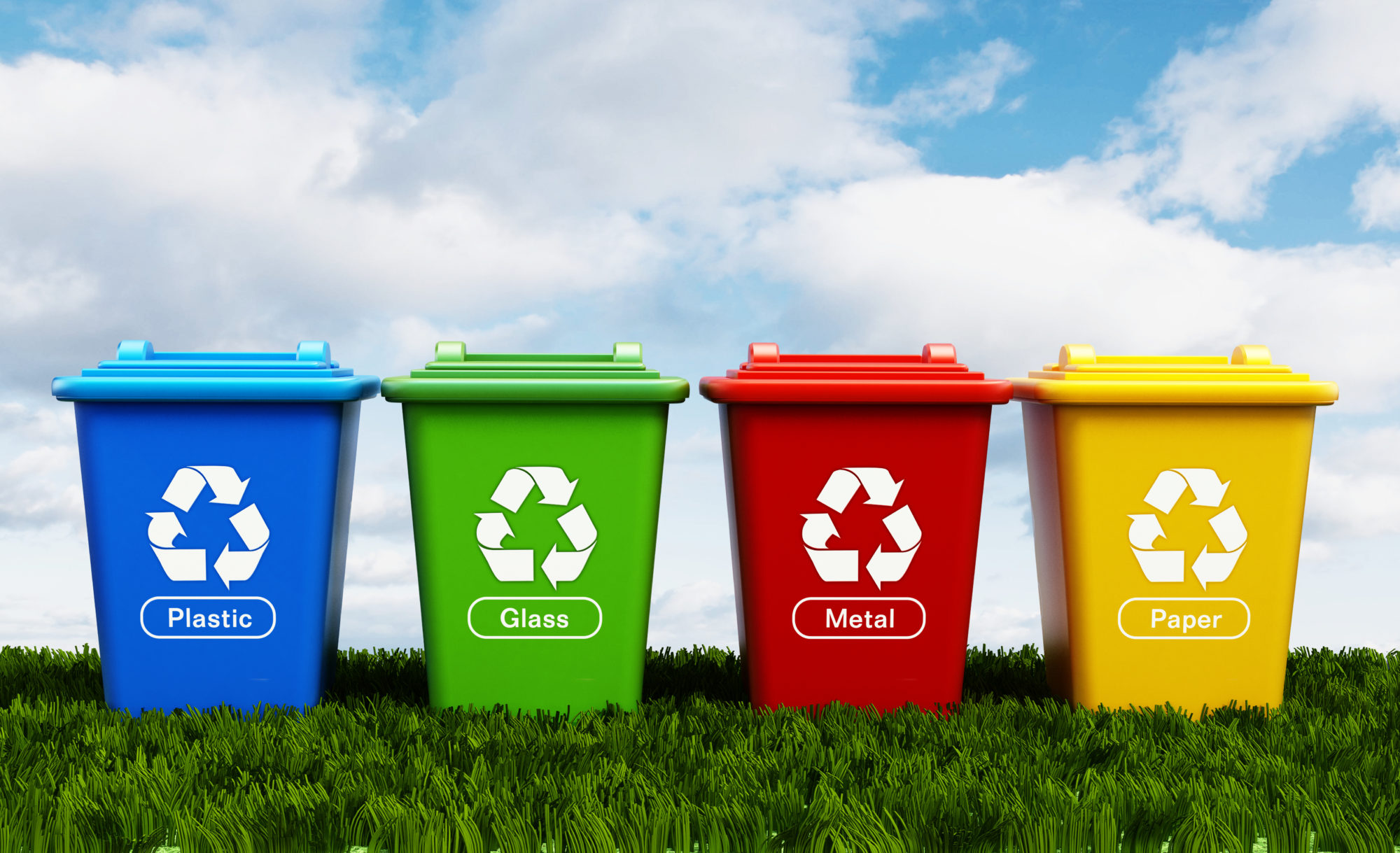
Waste Reduction and RecyclingSustainable buildings incorporate strategies to minimize construction waste, promote recycling and reuse of materials, and implement efficient waste management systems to reduce environmental impact throughout the building’s lifecycle.
Indoor Environmental Quality

Indoor Environmental Quality Prioritizing occupant health and comfort through the use of natural and non-toxic materials, adequate ventilation, indoor air quality monitoring, and access to daylight and views improves overall well-being and productivity.
Life Cycle Assessment

Life Cycle Assessment Sustainable architecture considers the entire lifecycle of a building, from construction to operation and eventual demolition or deconstruction, to evaluate its environmental impact and identify opportunities for improvement.
Passive Design
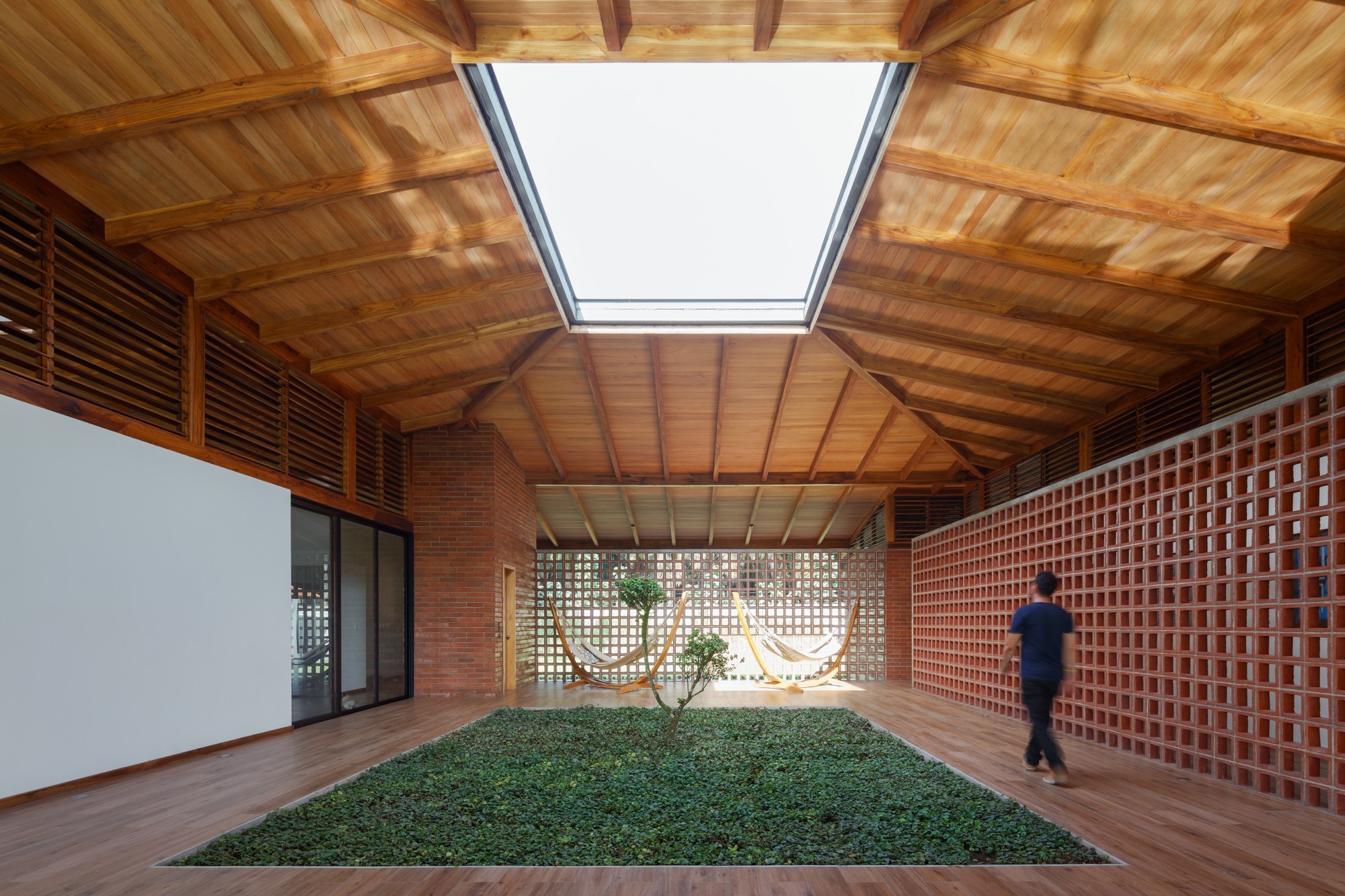
Passive Design Passive design involves utilizing natural elements, such as sunlight and natural ventilation, to enhance the comfort and energy efficiency of a building. This includes optimizing building orientation, maximizing daylighting, and using shading devices.
Biodiversity and Ecology

Biodiversity and Ecology: Sustainable design considers the impact on local ecosystems and biodiversity. This involves preserving existing green spaces, incorporating vegetation into urban environments, and creating habitats for wildlife.
Adaptability and Longevity

Adaptability and Longevity Sustainable buildings are designed with adaptability in mind to accommodate changing needs over time. Longevity is a key consideration to reduce the need for frequent demolitions and reconstructions.
Certification Programs

Certification Programs Various certification programs, such as LEED (Leadership in Energy and Environmental Design), BREEAM (Building Research Establishment Environmental Assessment Method), and others, provide standards and guidelines for evaluating and recognizing sustainable building practices.
By integrating these principles and features, sustainable architecture aims to create buildings that are not only environmentally responsible but also economically viable, socially equitable, and aesthetically pleasing. It represents a holistic approach to design and construction that addresses the complex challenges of climate change, resource depletion, and environmental degradation facing our planet.
Q-What is the future of sustainable architecture?
The future of sustainable architecture is likely to see further innovation and integration of environmentally friendly practices, materials, and technologies.

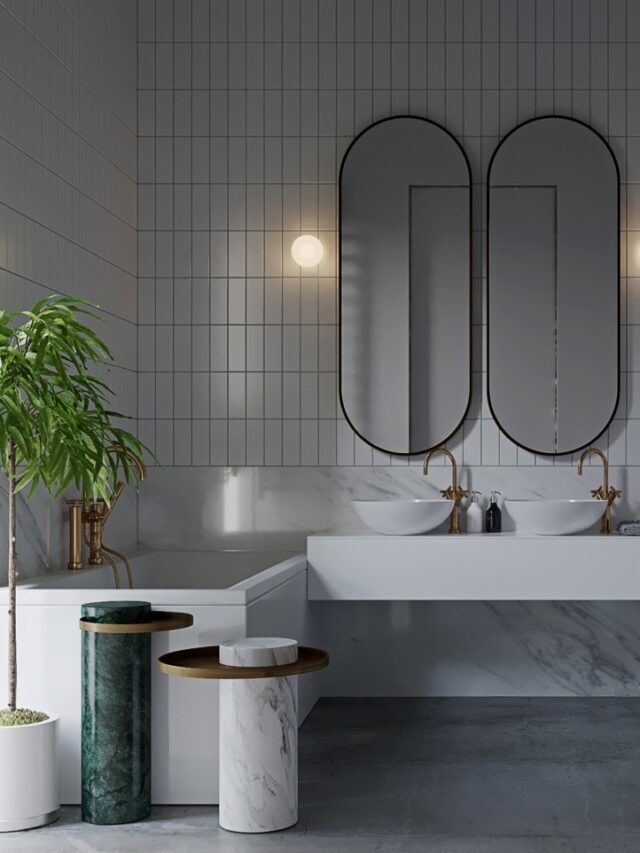

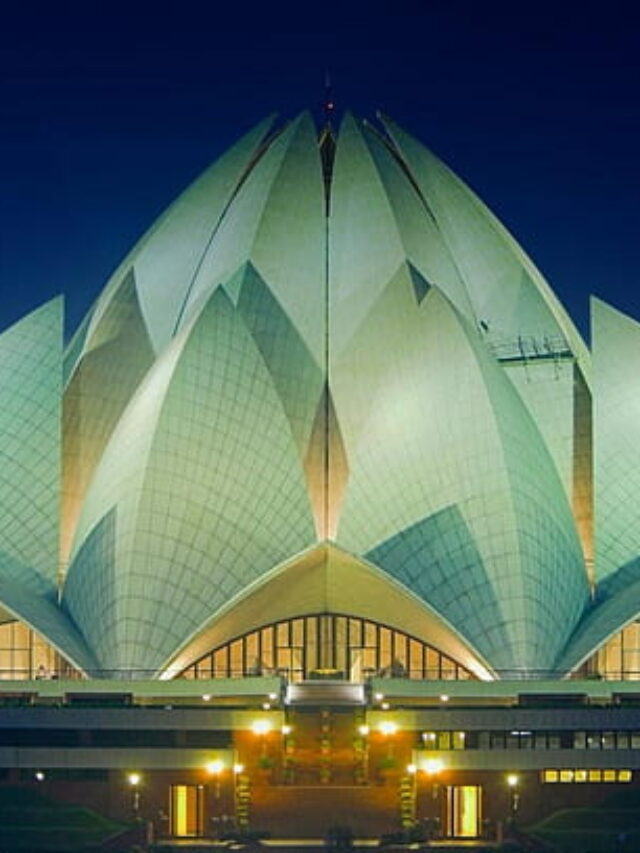
2 thoughts on “Sustainable architecture 2024”